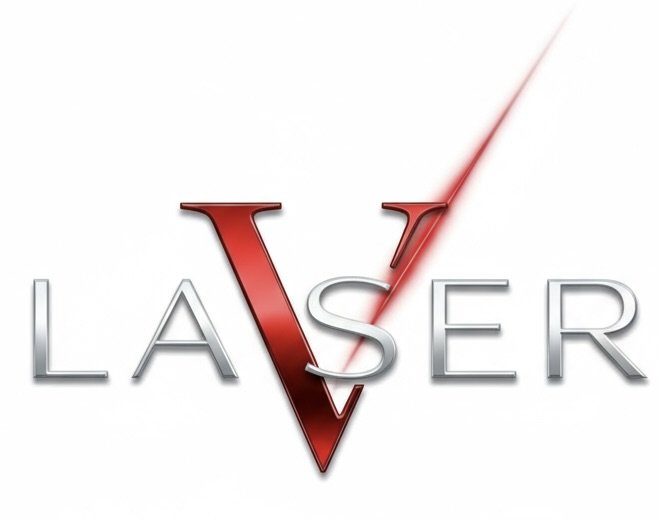FAQs
What Is Class IV Laser Therapy??
Class IV laser therapy (also known as photobiomodulation or PBM) uses high-powered laser devices (over 500 milliwatts) to deliver specific wavelengths of red and near-infrared light into tissues. The photons interact with cellular mitochondria, stimulating ATP production, cellular metabolism, and biological cascades that drive tissue repair, pain reduction, and decreased inflammation.
What Conditions Can Class IV Laser Therapy Positively Affect?
Class IV lasers have been clinically proven to help with:
Neurodegenerative Conditions
Arthritis (all types)
Back and neck pain
Muscle strains and ligament sprains
Tendinopathies
Carpal tunnel syndrome
Plantar fasciitis
Post-surgical healing, wounds, and scars
Neuropathy
Fibromyalgia
Sports and auto injuries
Chronic and acute inflammation
Discogenic pain
Frozen shoulder
Sciatica
Headaches
Veterinary applications for pets and horses
Advantages Over Other Therapies?
Non-invasive and drug-free
Rapid results for pain and inflammation
No downtime—patients usually resume normal activity immediately
Deeper tissue penetration than ultrasound, E-stim, or moist heat
Effective for conditions that do not respond to other modalities
Is there research?
The substantial volume of research, including hundreds of systematic reviews and thousands of individual studies, establishes photobiomodulation as a well-researched therapeutic modality with growing clinical applications across multiple medical disciplines.
The research demonstrates increasing methodological sophistication:
Meta-analyses now commonly include 12-24 high-quality RCTs
Systematic reviews follow PRISMA guidelines and include risk of bias assessments
Studies increasingly report detailed dosimetry parameters (wavelength, fluence, irradiance)
Clinical trials show improved standardization of treatment protocols and outcome measures
Is Treatment Covered by Insurance?
Laser therapy is typically cash-based—most insurers do not reimburse for sessions, though billing codes exist. Clinics often offer package discounts or payment plans.
Are there any side effects?
The procedure is safe, non-invasive, has no negative side effects and is drug-free.
Rarely, chronically injured tissues may feel mild discomfort during initial healing phases, typically lasting just an hour or two.
Class IV laser therapy should NOT be used:
On growth plates in children
For patients with active cancer (unless cleared by oncology)
Over pacemakers or internal pain pumps without physician approval
For those on photosensitive medications (e.g., steroids, antibiotics)
For hemorrhage, significant diabetes, or active infection
In the abdominal/pelvic region of pregnant women
Rare risks include thermal skin injury and deep tissue burning if protocols are ignored. Proper safety training and certified devices are essential.
How Are Treatments Administered?
Therapists position the laser handpiece in contact with the skin wit firm pressure, directly over the area being treated. Sessions typically last 2.5-12 minutes, depending on the size area affected and severity of the condition.
How Many Treatments Are Needed?
Results may appear immediately, with gradual improvement in range of motion and pain levels over subsequent treatments.
Acute injuries: 3–6 treatments may suffice
Chronic conditions: 6–12 sessions are common
Maintenance for lifelong chronic issues: Monthly or bi-monthly follow-ups may be recommended
What is a typical treatment experience?
Warm, soothing - like a warm stone massage
Pain reduction by 75+% in < 12 minutes typical
Improved range of motion by 50% in < 12 minutes typical
How Is Class IV Laser Different from Low-Level ("Cold") Laser Therapy?
Class IV Laser Therapy
Power Output: Over 500 mW (up to 60W+) per diode
Designed for spot therapy and deeper targets
Treats target areas in less time with significantly faster outcomes and often greater efficacy.
Cold/LLLT (Class III)
Power Output: 5-500 mW per diode
Multi diode devices designed for large treatment area or full body treatment
Little or no sensation
Takes several sessions typically to see benefits.
What Are the Benefits of Moving a Class IV Therapy Laser Handpiece?
Moving a Class IV therapy laser handpiece at 2.5 inches per second falls within the recommended range of 1-3 inches per second, representing an optimal speed that balances several critical therapeutic factors.
Prevents Thermal Damage and Heat Buildup
Class IV lasers emit high power output (typically over 0.5W, often 10-45W), which can generate heat in tissue. Continuous movement at 2.5 inches per second prevents excessive thermal buildup in any single location, avoiding potential burns or tissue damage while maintaining the mild, therapeutic warmth that patients find soothing.
Optimizes Dose Distribution
The movement speed directly affects the fluence (energy density in J/cm²) delivered to each point of tissue. When scanning at 2.5 inches per second, the handpiece delivers an appropriate dose to each area without overdosing or underdosing. This is critical because photobiomodulation follows a biphasic dose-response curve—too little energy produces no effect, the optimal dose produces therapeutic benefits, and excessive energy can create inhibitory effects.
Maintains Consistent Irradiance
Moving at a steady 2.5 inches per second helps maintain consistent power density (W/cm²) across the treatment area. When treating large areas with high-power lasers, scanning motion distributes the energy evenly, preventing hot spots while ensuring adequate photon delivery to stimulate cellular responses.
Coverage and Treatment Time
The 2.5 inches per second speed allows practitioners to cover treatment areas efficiently using a "painting" or "serpentine" motion pattern. This speed is fast enough to keep treatment times practical (typically 2-10 minutes), yet slow enough to deliver adequate energy to deeper tissues.
Can PBM used during Active Infections:
The evidence strongly suggests that active infection should no longer be considered an absolute contraindication to PBM therapy. In fact, when applied with appropriate parameters, PBM appears to enhance infection clearance through immune system modulation, anti-inflammatory effects, and in some cases direct antimicrobial activity.
The theoretical concern that PBM might "feed" bacteria or stimulate infection has not been borne out in clinical practice when therapeutic doses are used. The key is understanding and applying the biphasic dose-response curve—avoiding subtherapeutic doses that might stimulate bacterial growth while using appropriate therapeutic doses that enhance immune function and tissue healing.
For your Class IV laser protocols using 810 nm, 980 nm, and 1064 nm wavelengths, the mechanisms of benefit during infection are primarily through immune enhancement and anti-inflammatory effects rather than direct bacterial killing. These wavelengths at appropriate doses (typically 6-10 J/cm² at target tissue depth) enhance the host immune response without stimulating bacterial proliferation.
